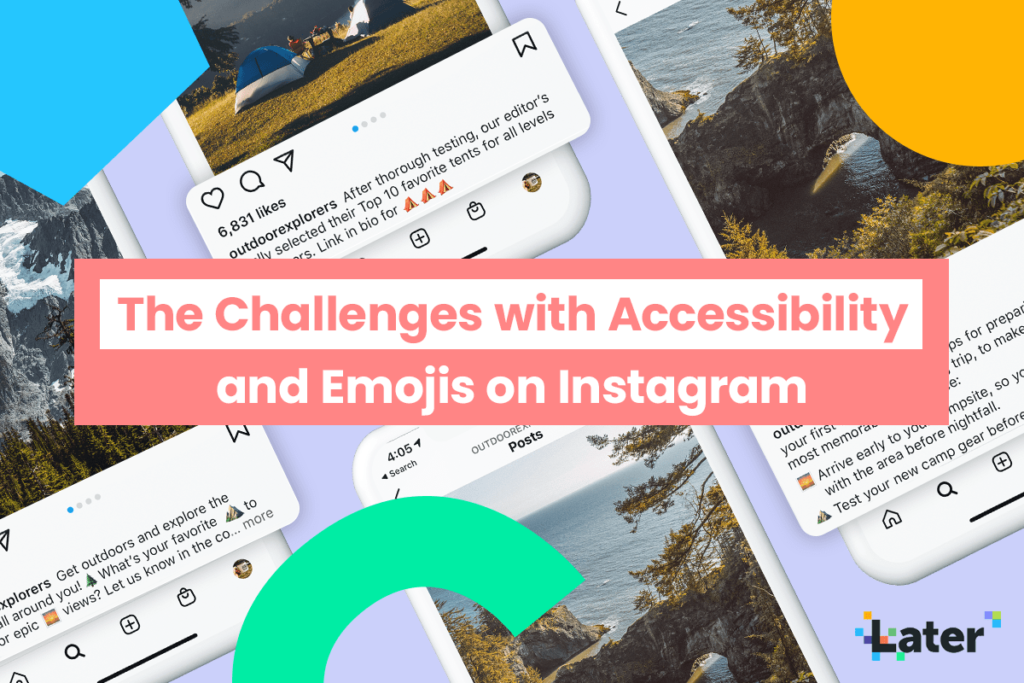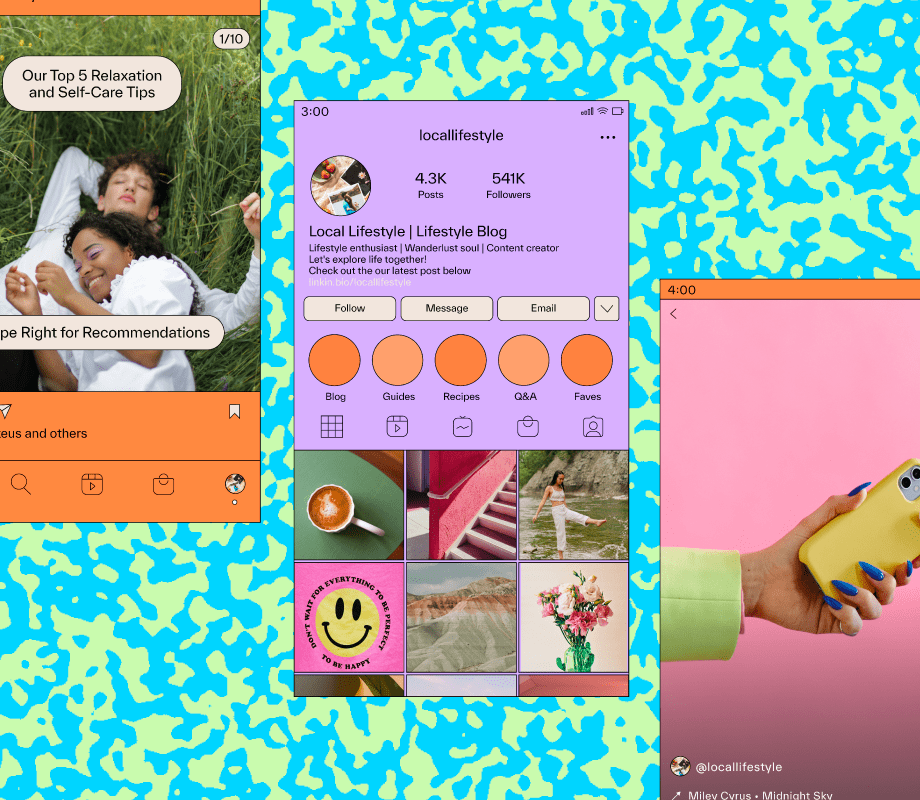Adding emojis to your captions on Instagram might seem like a good idea — but could they be affecting the accessibility of your content?
For those who are visually impaired or blind, emoji characters can make the Instagram experience challenging.
But there are ways to use emojis and ensure your Instagram content is accessible to all audiences.
In this blog post, social media strategist and accessibility advocate Alexa Heinrich shares her top tips for creating a screen reader friendly social media strategy:

Why Accessibility Is Important
According to the World Health Organization (WHO), there are an estimated 2.2B people around the world who have a vision impairment or experience blindness.
In order to consume digital content, blind and visually impaired individuals use assistive technology (like screen readers) to either read the content aloud or transcribe it into braille.
If you’re not prioritizing accessibility in your social media strategy, then you could be keeping potential clients, customers, or connections from enjoying your content.
Looking to level-up your accessibility on Instagram? Discover 5 Ways to Make Your Instagram Account More Accessible Right Now.
3 Best Practices for Using Emojis in Instagram Captions
Emojis may be a great way to add visual interest to your captions, but for visually impaired or blind users, they can have a major impact on the clarity of your content.
Screen readers “translate” emojis by reading aloud their meta descriptions — which aren’t always the easiest to understand.
So with this in mind, it’s worth considering how and when you use emojis in your captions. Here are 3 tips to help you get started:
Tip #1: Use Emojis in Moderation
It’s easy to go overboard with emojis.
However, while emojis are easy for sighted people to consume in a matter of seconds, a screen reader user will have a much slower experience.
Dr. Amit Patel, creator of @blinddad_uk, explains how this can be a frustrating user experience:
“If there’s lots of emojis together, they get read out as a long sentence: rabbit-dog-pawprints-smileyface-laughingcryingface-thumbsup.”
“Needless to say, I’m not a huge fan of emojis!”
Tip #2: Double-check Emoji Descriptions
Not every emoji has the meta description you think it does. In fact, some are quite surprising.
There are also emojis with descriptions and appearances that vary across different platforms and devices.
For example, one of the house emoji icons is known as Abandoned House, Old House, Haunted House, and Derelict House depending on where and how it’s viewed by a user.
If you want to double-check the description of the emojis you’re using in your content, an excellent resource is the website emojipedia.org.
Emojipedia lists every known emoji along with their different appearances and descriptions across platforms and devices, making it a useful resource for content creators.
Tip #3: Put Emojis at the End of Your Caption
Last but not least, it’s a good idea to think about where you place emojis in your Instagram captions.
Screen readers will “translate” emojis wherever they are placed in a caption, which can really disrupt the flow for visually impaired users.
By adding emojis to the end of your captions rather than throughout, you’ll keep your captions easy to follow for all audiences.
With more than 1B global users on Instagram, it’s understandable that content creators would want to do everything possible to make sure their posts stand out on the feed.
However, creating accessible content that’s screen reader friendly should be a top priority for Instagram users.
After all, inclusive content means that more people can access and consume it, which can result in higher engagement, new followers, and an overall better experience for everyone on Instagram.
Ready to make your Instagram posts more accessible? Sign up to Later and start planning your posts and writing your captions in advance — it’s free!
Join over 1 million marketers to get social news, trends, and tips right to your inbox!
Email Address



